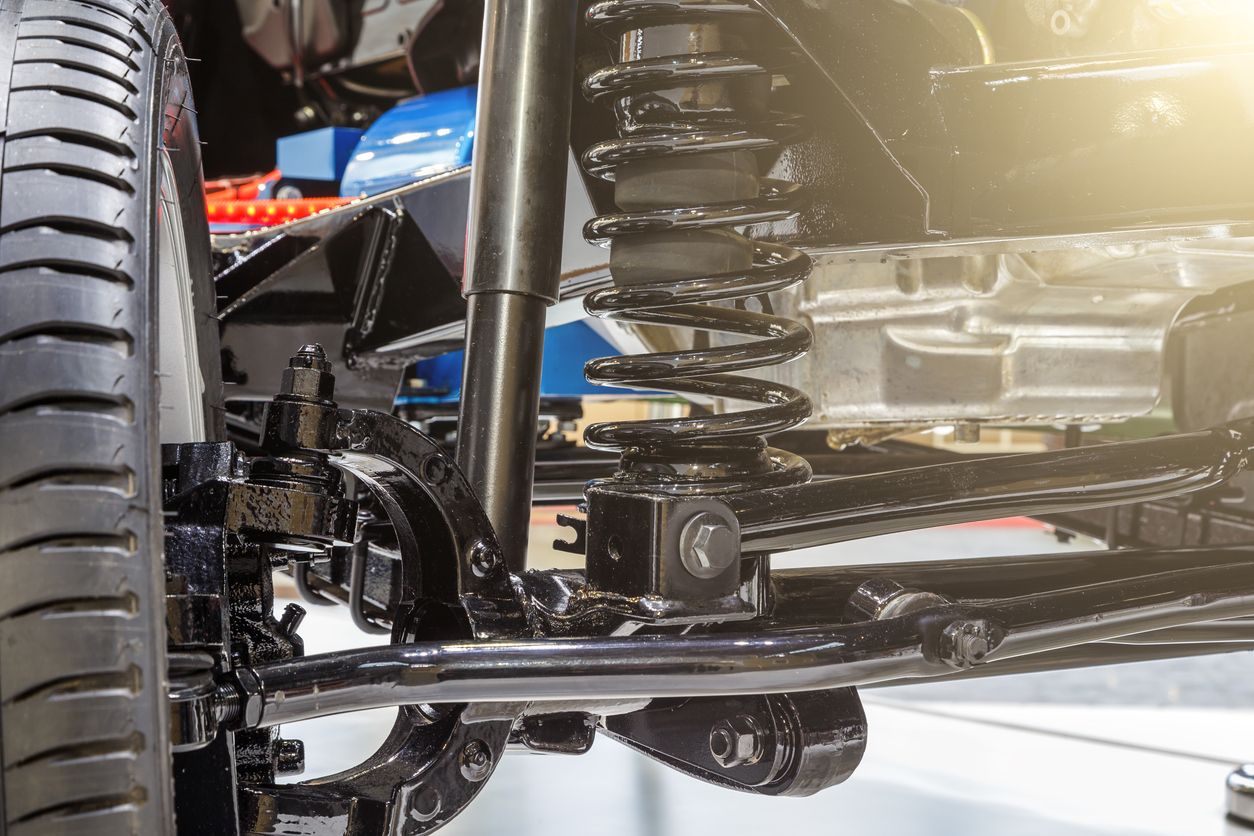You’re cruising down the road, coffee in the cupholder, morning playlist on point, when your car suddenly jerks like it hit a pothole that wasn’t there. It shudders, hesitates, and sounds like it's struggling to catch its breath. That engine oddity could be your engine misfiring — and it’s not something you want to ignore.
A misfire can feel subtle at first or hit like a punch to the gut. Either way, it’s your engine telling you something is seriously wrong. And while the cause might be small — tired spark plugs, a finicky sensor — it can become a big problem if you don’t get it checked out. But how do you tell the difference between a one-time hiccup and a red-alert-status problem? Let’s break it down.
What Is an Engine Misfire?
You’ve heard the term before, but what exactly is an engine misfire? At its core, an engine misfire happens when one or more cylinders fail to ignite the air-fuel mixture properly. Instead of firing in perfect sync, your engine stumbles like a runner missing a step in a relay race.
Misfires aren’t just inconvenient or disconcerting — they’re your engine’s way of waving an enormous warning flag about its systems. Unfortunately, due to the precision and complexity of the combustion cycle in modern vehicles, even a tiny misfire in one of its cylinders can snowball into serious problems fast.
What Causes an Engine to Misfire?
There’s no single villain behind a misfire — it’s more like a whole crew of culprits. What causes an engine to misfire can vary, but here are the usual suspects:
- Ignition System: A faulty spark plug, weak battery, or failing ignition coil can’t ignite fuel efficiently. These tiny parts are mission-critical.
- Fuel System Problems: Clogged fuel injectors, fuel filters, or weak fuel pressure from a failing fuel pump can mess with combustion.
- Vacuum Leaks: These sneak unexpected air into the engine, wrecking the delicate air-fuel mixture and causing your onboard computer to overcompensate.
- Timing Control System Failure: Modern electronic ignition systems provide precise timing, but when they’re off, even slightly, misfires can happen.
- Bad Sensors: If your oxygen (O2) or mass airflow (MAF) sensors feed the wrong data to your electronic control unit (ECU), your engine can run lean, rich, or totally out of sync — perfect conditions for a misfire.
- Mechanical Issues: The culprits here are nearly endless — warped valves can impact intake or exhaust airflow, worn piston rings can alter compression ratios, slipping timing belts/chains can change timing drastically, and severely clogged catalytic converters can create excessive backpressure.
How can you avoid misfires? This checklist covers the essentials of preventative maintenance.
What Does a Misfire Feel Like When Driving?
Now you know what misfires are and what can cause them, but what does one feel like on the road? The short answer: like your car just forgot how to be a car. You might feel a sudden shudder, jerking sensation, or hesitation while accelerating.
Sometimes, it may feel like your vehicle is gasping for breath and losing its willpower when you need it most. You can imagine it being your car’s version of coughing. If your engine is idling roughly — shaking, vibrating, or sounding like it’s about to stall — that’s another tell-tale sign it may be experiencing a misfire and needs maintenance.
How Do You Know If Your Engine Is Misfiring?
So, how do you know that your engine wasn’t just being “quirky” for a moment? Beyond the shakes and unusual vibrations, you might notice a loss of power, especially when the engine is under load or accelerating, like when you’re merging onto the freeway or climbing hills. Your fuel economy may plummet, meaning more stops for gas and less cash in your wallet. The exhaust system might even kick up some smoke or start sounding a little angrier than usual (and not in a good way).
The check engine light is often your first digital cue, but hooking up a diagnostic tool to your OBDII port can reveal misfire codes that point to a specific combustion chamber or issue, like damaged fuel injectors, cracked coil packs, or even vacuum leaks throwing off your air-fuel mixture.
Can Driving With a Misfire Damage the Engine?
We get it — you have places to be. But is it safe to drive with misfiring cylinders? We don’t think so. It’s not just a rough ride; it’s a recipe for getting stranded in potentially dangerous places and catastrophic engine damage if left unchecked. And it’s not just your engine that takes the hit — raw fuel can enter the exhaust system, overheat your catalytic converter, damage sensors, and cause a plethora of other issues. What starts as a shake could end in a full-blown breakdown.
Even if your car still gets you where you need to be, that misfire could wreak havoc every mile you rack up. So, if you’re experiencing a misfire, don’t just hope it goes away — because it likely won’t.
Your Misfire, Our Fix. Get Expert Help Today
If your car feels sluggish, jerky, or off-balance, an engine misfire could be the culprit. Don’t wait — ignoring a misfire can lead to bigger (and more expensive) engine problems.
Our team offers professional engine diagnostics and repair services that take the guesswork (and stress) out of car trouble. We’ll track down whether it’s a bad ignition coil, a wonky sensor, or a deeper problem hiding in the shadows. Whatever it is, we’ve got the tools, tech, and hands-on know-how to get you back in the driver’s seat.
No more mystery misfires. Just real fixes, real fast. Visit your local Tires Plus today to get your engine running like it should.


